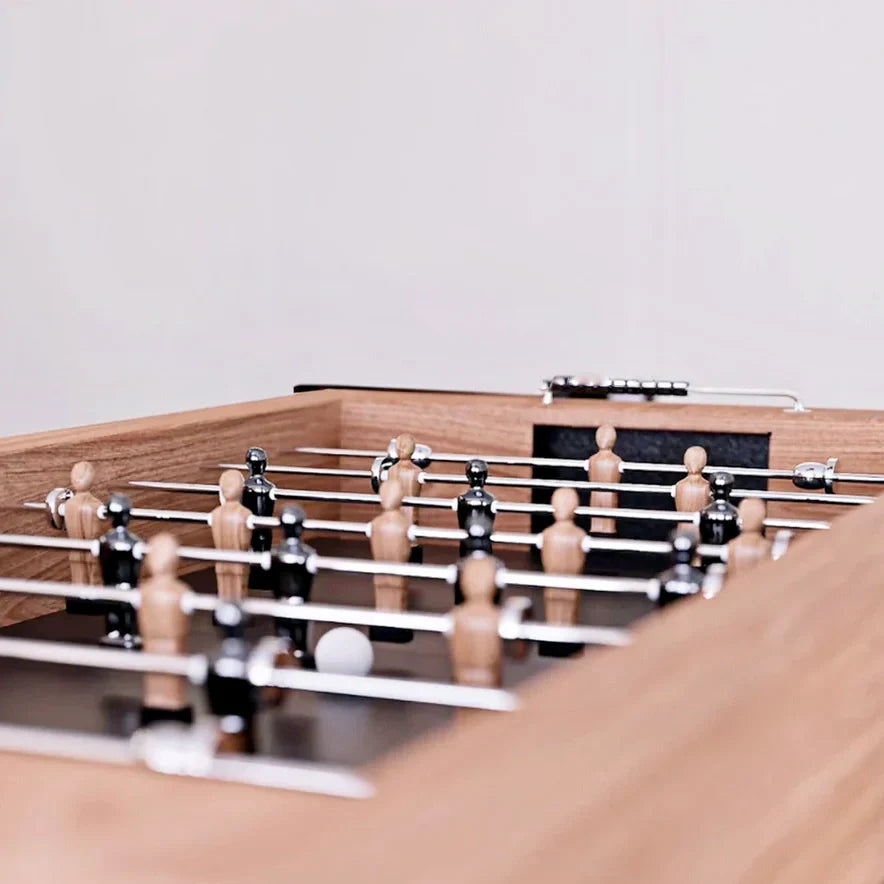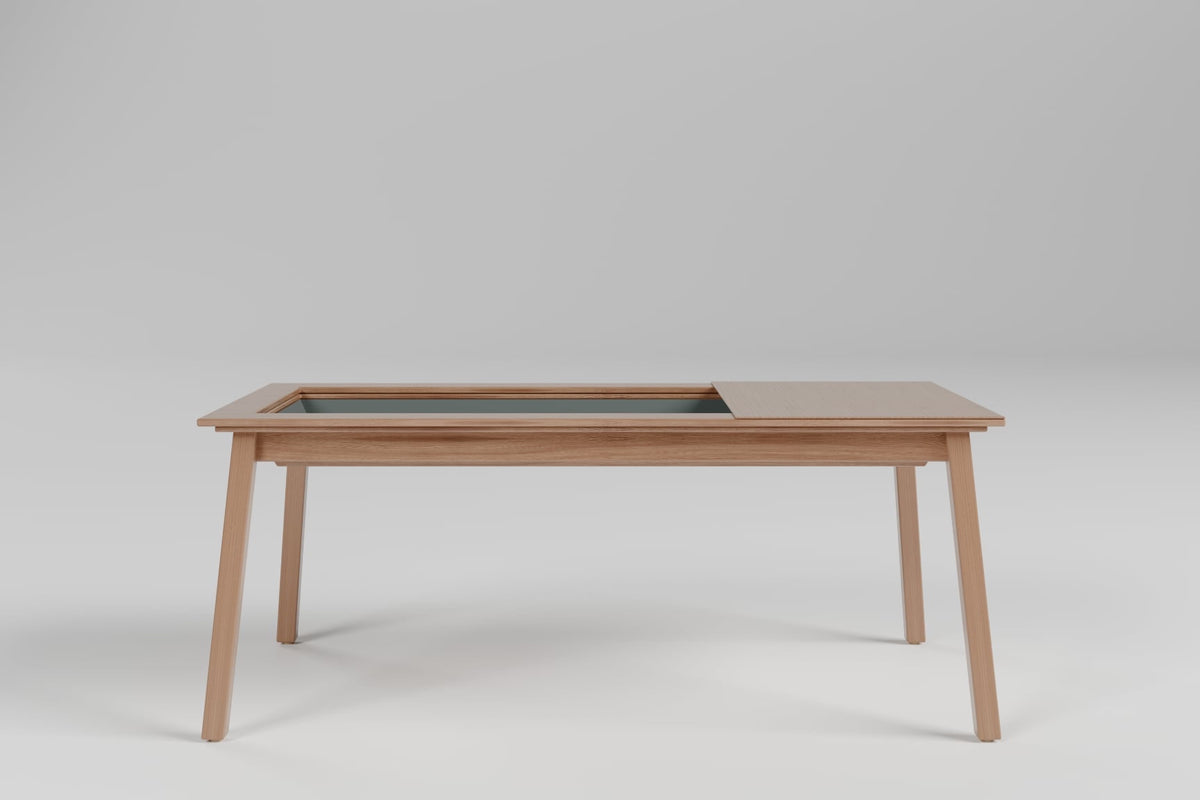Bagatelle is a classic tabletop game that has entertained players for centuries. Originating in 18th-century France, it combines elements of billiards and pinball, requiring skill and precision to navigate balls into designated scoring areas. Despite its historical charm, bagatelle has largely faded from contemporary gaming culture, overshadowed by modern electronic amusements.
Understanding the Bagatelle Board
A traditional bagatelle board is a rectangular surface, typically measuring around 7 feet in length and 21 inches in width. One end of the board is curved, resembling a half-circle, and features several cups or pockets, each assigned specific point values. The board's surface may include fixed pins or pegs that serve as obstacles, influencing the balls' trajectories. Players use a cue stick or a spring-loaded plunger to propel balls from the board's straight end toward the scoring area.
Objective of the Game
The primary goal in bagatelle is to accumulate the highest possible score by directing balls into the cups or pockets. Each cup has an assigned point value, and some variations of the game feature a black ball that doubles the points when successfully pocketed.
Basic Rules and Gameplay
- Setup: Place the bagatelle board on a stable, level surface. Position the black ball on a designated spot near the center of the board, typically about 9 inches from the highest-scoring cup.
- Taking Turns: Players take turns, each playing all their balls during their turn.
- Striking the Ball: The first ball played must make contact with the black ball. Failure to do so results in the ball being removed from play without scoring, and the player must attempt again until the black ball is struck.
- Scoring: Points are awarded based on the cups into which balls are successfully pocketed. The black ball, when pocketed, typically scores double the points of the cup it lands in.
- Fouls and Penalties: If a ball fails to reach the scoring area or returns more than halfway back down the board, it is removed from play for the remainder of the turn.
- Winning the Game: The game continues until a player reaches a predetermined score, often 120 points. If the first player to reach this score does so mid-turn, both players are allowed to complete their turns to ensure fairness.
Variations of Bagatelle
Over time, several variations of bagatelle have emerged:
- Sans Egal: In this two-player version, one player uses red balls while the other uses white. The black ball is placed on the center spot, and players take turns aiming to strike the black ball first before attempting to pocket their own colored balls.
- Mississippi: This variant incorporates a bridge with numbered arches positioned near the scoring area. Players aim to propel balls through these arches, each corresponding to different point values, adding an extra layer of challenge.
Modern-Day Relevance

While bagatelle's influence is evident in contemporary games like pinball, the original game has seen a decline in popularity. Its intricate setup and the space required for a full-sized board make it less accessible in today's fast-paced, digital entertainment landscape. However, for enthusiasts of classic games and those interested in the history of tabletop amusements, bagatelle offers a nostalgic and engaging experience that harks back to a bygone era of gaming.





0 comments